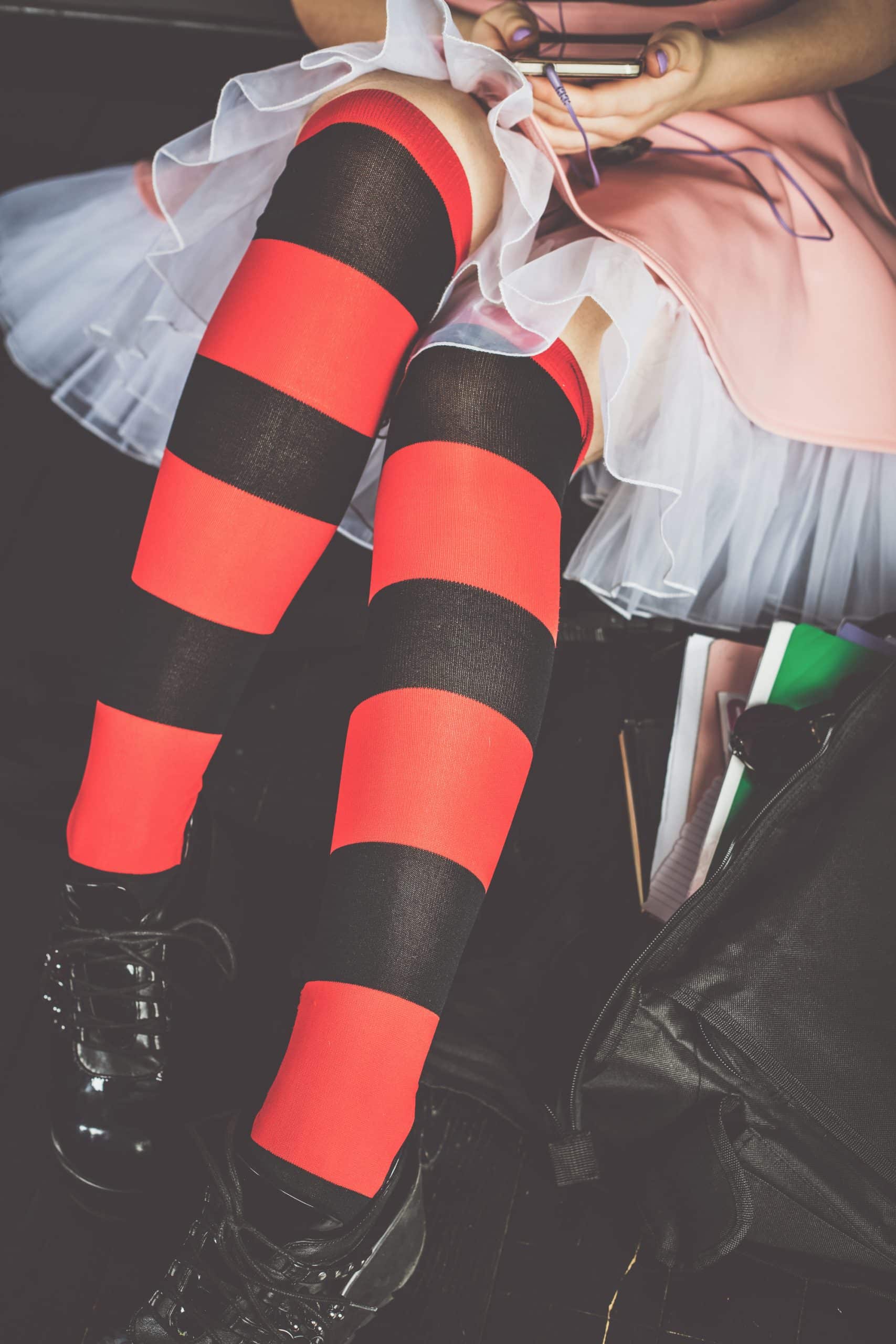As cat owners, you often have to grapple with your cat’s natural inclination to scratch. While scratching is a normal behavior for cats, it can sometimes result in ruined furniture or even injury to yourself or others in your household. Declawing, the process of removing a cat’s claws, may seem like a simple solution. However, it is a painful procedure that can lead to long-term physical and behavioral issues for your pet. Fortunately, there are less drastic and more humane alternatives that can help manage your cat’s scratching behavior without resorting to declawing.
Understanding Why Cats Scratch
Before exploring alternatives to declawing, it’s essential to understand why cats scratch in the first place. This insight will not only help you empathize with your pet but also aid in effectively managing their behavior.
A voir aussi : What’s the Best Way to Monitor a Border Collie’s Diet for Optimal Agility Performance?
Cats scratch for several reasons. One primary reason is to keep their nails healthy. The scratching action helps to remove the dead outer layer of their claws, keeping them sharp and clean. Additionally, cats scratch to stretch their bodies and flex their claws and paws. It’s a form of exercise that keeps their bodies lean and agile.
Furthermore, scratching is a way for cats to mark their territory. Along with the visible scratch marks, they leave behind a scent from special glands in their paws. This scent serves as a signal to other cats that the area is already claimed.
A découvrir également : How to Teach a Hamster to Navigate a Homemade Maze?
Understanding that scratching is a natural and necessary behavior for cats, it becomes clear that attempting to stop them from doing so altogether is neither reasonable nor humane. Instead, the focus should shift towards finding ways to accommodate this behavior in a way that doesn’t harm your furniture or risk injury.
Training Your Cat to Use a Scratching Post
One of the most effective alternatives to declawing is training your cat to use a scratching post. With a bit of patience and consistency, you can redirect your cat’s scratching behavior to a designated area, saving your furniture and carpets from their claws.
You’ll want to choose a scratching post that is tall enough for your cat to fully stretch its body. It should also be sturdy enough that it won’t tip over during use. The post should be covered with a material that will allow your cat to sink its claws in, such as sisal rope or corrugated cardboard.
Place the post near the area where your cat usually scratches, such as next to the sofa or at the corner of the room. Encourage your cat to use the post by sprinkling it with catnip or using a laser pointer to lead them to it. Reward them with treats and praise when they use the post.
Using Soft Nail Caps
Another alternative to declawing is the use of soft nail caps, such as Soft Paws. These are small, plastic caps that are glued onto your cat’s claws, effectively blunting them and preventing them from causing any damage when they scratch.
These caps are completely safe and humane. They don’t interfere with the cat’s normal claw extension and retraction. Cats usually tolerate them well once they get used to the feeling. The caps are also available in different sizes to fit cats of all ages and sizes.
To apply the caps, you’ll need to trim your cat’s nails first. Then, fill each cap with the adhesive provided and slide it onto the nail. The caps should stay on for about four to six weeks, after which they will fall off naturally as the cat’s nails grow. You’ll then need to trim the nails again and apply new caps.
Regular Nail Trimming
Regular nail trimming is also a great way to manage your cat’s scratching behavior. By keeping your cat’s nails short, you can reduce the damage they can cause when they scratch.
It’s important to trim your cat’s nails correctly to avoid causing them pain or injury. Don’t cut into the quick, the pink part of the nail where the nerves and blood vessels are. If you’re unsure about how to do it, ask a vet or a professional groomer to show you.
Behavior Modification Techniques
Behavior modification techniques can also be used to deter your cat from scratching inappropriate areas. This might involve making the area less appealing to your cat, redirecting their attention to a suitable scratching post or providing positive reinforcement when they scratch in the right place.
For instance, you can use pet-friendly anti-scratch sprays on your furniture. These sprays emit a scent that cats find unpleasant, discouraging them from scratching the sprayed area. Alternatively, you can use double-sided sticky tape, aluminum foil, or plastic sheeting to cover the area, as cats generally dislike the texture of these materials.
In conclusion, declawing should never be the first option when dealing with a cat’s scratching behavior. There are plenty of humane alternatives available that can help protect your furniture without causing harm or discomfort to your beloved pet. It might take some time and patience, but with consistency, your cat will eventually learn to scratch in only the approved areas.
Importance of a Variety of Scratching Surfaces
Variety, as they say, is the spice of life, and this applies to your cat’s scratching habits as well. Providing multiple scratching surfaces in different designs and materials can offer an effective alternative to declawing.
Cats have individual preferences when it comes to the surfaces they like to scratch. Some cats might prefer a horizontal surface while others enjoy a vertical one. Similarly, some might prefer a soft carpeted surface, while others love the feel of sisal rope or corrugated cardboard. By providing a variety of scratching options, you increase the chances of your cat finding something they like and using it instead of your furniture.
Some options for scratching surfaces include scratching posts, scratching pads, scratching ramps, and cat trees. All of these are designed to cater to different scratching preferences and can be effective in curbing unwanted scratching habits.
For instance, a cat tree is a multi-level structure that provides cats with opportunities to scratch, play, and sleep. They’re often covered with a variety of materials such as carpet, faux fur, and sisal. Cat trees not only serve as excellent scratching surfaces but also provide environmental enrichment for your cat.
Remember, it’s important to place these scratching surfaces in areas where your cat spends a lot of time or near items they’ve previously targeted for scratching.
Implementing Deterrents for Inappropriate Scratching
Sometimes, despite our best efforts, some cats will still be attracted to inappropriate surfaces for their scratching needs. In such cases, implementing deterrents can help discourage unwanted scratching behavior.
One of the most common deterrents is the use of furniture protectors. These are usually plastic or vinyl covers that can be placed over your furniture to protect them from cat claws. They are designed to be unattractive to cats, discouraging them from scratching.
Another natural deterrent is the use of essential oils. Cats dislike certain scents, such as citrus or eucalyptus. Spraying a bit of these oils diluted in water onto your furniture or other areas where your cat tends to scratch can keep them away.
Consider using motion-activated sprays or pet deterrent mats as well. These items give off a harmless but unpleasant sensation when your cat approaches, discouraging them from returning to that area.
Remember, deterrents should always be used in conjunction with alternatives like scratching posts or nail caps. The goal is not to stop your cat from scratching altogether, but to redirect them to appropriate scratching surfaces.
Conclusion
When it comes to dealing with your cat’s scratching behavior, remember that declawing should never be the first or only solution considered. There are numerous alternatives to declawing, such as training your cat to use a scratching post, applying soft nail caps, regular nail trimming, introducing a variety of scratching surfaces, and implementing deterrents for inappropriate scratching.
Understandably, it might take some time and patience to find what works best for your cat. However, with a consistent approach and understanding of your cat’s needs, you can successfully manage their scratching behavior in a more humane way.
By choosing alternatives to declawing, you not only protect your furniture but also safeguard your cat’s well-being. After all, a happy cat makes for a happy home.






